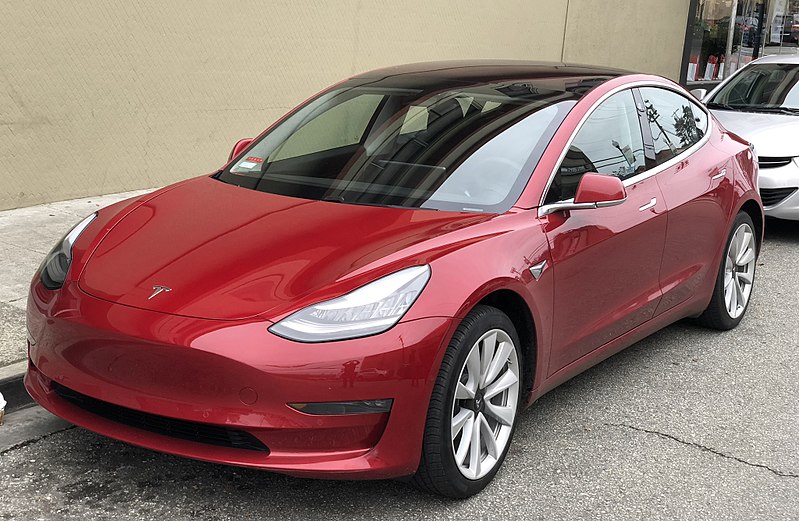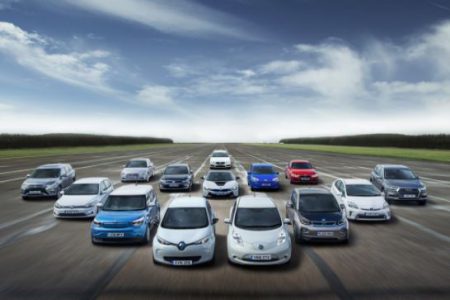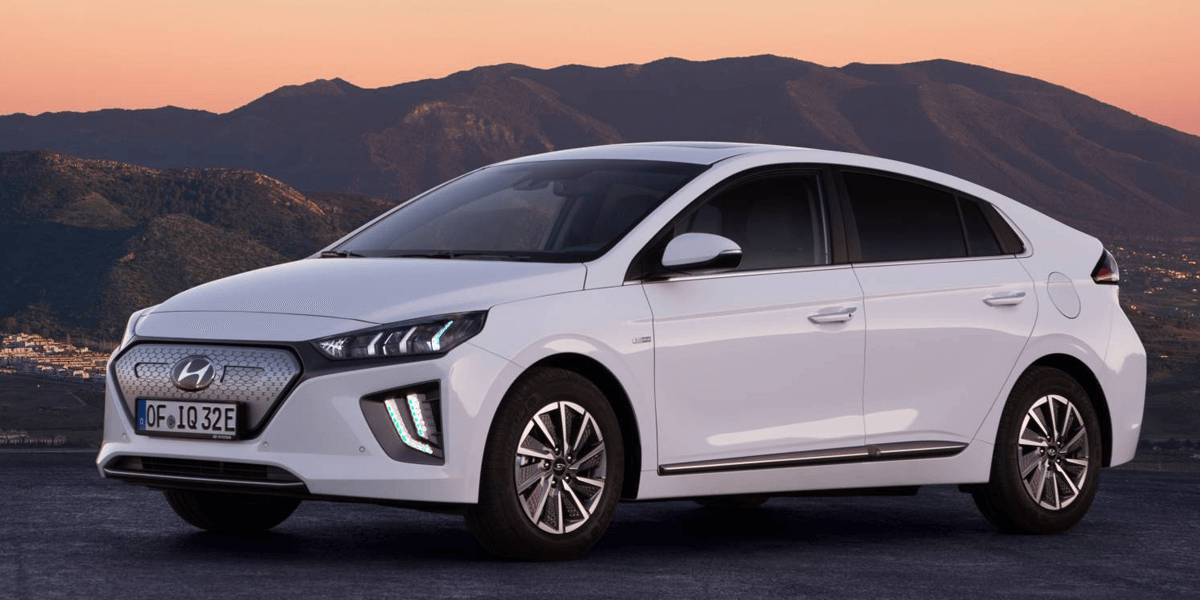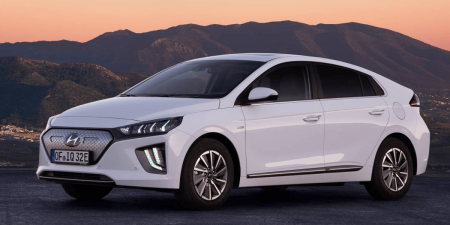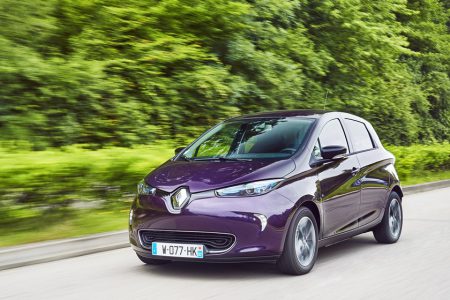For several years now, I’ve felt both guilt and embarrassment for not driving an EV.
I wonder how many other CleanTechnica readers who don’t own an EV yet, who own an ICE (internal combustion engine) car, feel similarly. This article is intended to bring to the surface a possible undercurrent that may exist for many of us who care about the environment, and the climate crisis, and who support EVs.
My next car will be an EV, but mostly for financial reasons (caused primarily by doing a lot of non-paying community volunteer work), I’m not at the moment in a position to buy a new or even a used EV. This bothers me. Every time I go to a gas station and pay money to the oil industry, it bothers me. It bothers me a lot.
Perhaps one might think that the commitment to EVs is shallow. I read CleanTechnica daily, I have for several years, and watch a number of YouTubers who are focused on EVs, including Zac and Jesse of Now You Know, Ben Sullins of Teslanomics, Sean Mitchell of All Things EV, Gali Russell of HyperChange TV, Fully Charged, Tesla Owners Online, Kyle Field, Frugal Tesla Guy, Sandy Munro on Autoline, Tesloop, and E for Electric. I’m a member of the local EV club, and I run a local Green Community Meetup group.
I love new technology, and I’ve attended a local electric utility event where I got to drive a Tesla Model 3, Model S, Nissan Leaf, and Chevy Bolt. There’s another one this weekend that I’ll be attending where I hope I can drive a Model X. I care about the environment, live vegan in part due to environmental considerations, and have studied and written about climate heating here, here, and here.
In short, while I consider myself a well informed and strong supporter of EVs, I still reluctantly drive a gasoline vehicle.
Read more: Clean Technica




